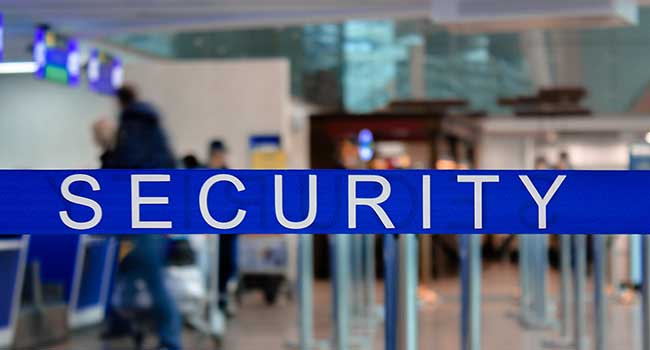
TSA Chief Says Agency Must Adapt to Changing Security Threats
The Transportation Security Administration must shift their focus away from checkpoints and toward public, less-strictly secured areas of airports in order to adapt to changing threats, according to the agency’s new chief.
- By Jessica Davis
- Mar 09, 2018
The Transportation Security Administration must shift their focus away from checkpoints and toward public, less-strictly secured areas of airports in order to adapt to changing threats, according to the agency’s new chief.
In what was billed as the first-ever state-of-the-TSA address Wednesday, TSA Chief David Pekoske called for the agency to adapt its priorities to reflect shifts in terrorist attacks. The TSA increased airport screening after the Sept. 11, 2001 attacks, but terrorists have increasingly targeted areas that do not require security screenings, such as baggage collection or check-in areas.
For example, the use of vehicles in terrorist attacks has become more prevalent as of late, with incidents involving vehicles driving into crowds occurring in Ohio, Charlottesville, North Carolina, and New York City in the last 18 months. In January 2017, a passenger arriving in the Fort Lauderdale, Fla., airport picked up a checked bag, loaded a handgun, and shot and killed five people, leaving six injured.
"We can no longer focus only on preventing the bad guys from getting into the secure area of an airport," Pekoske said. "More and more we must focus on both sides of the checkpoint and in the public areas where airport and surface transportation systems intersect."
Pekoske did not go into specific detail or describe new screening protocols but did say one goal was to get screeners better tools.
"We face ambitious adversaries who are continuously looking for a point of attack and waiting for their opportunity," Pekoske said. "Our job is to make sure they never have that opportunity."
About the Author
Jessica Davis is the Associate Content Editor for 1105 Media.